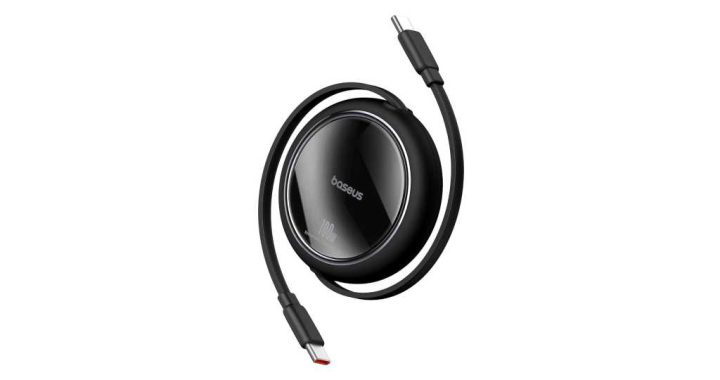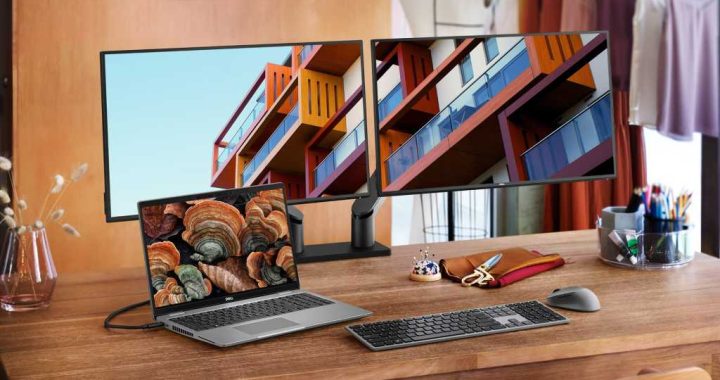Surface Pro 9 hands-on: Intel and ARM share Microsoft’s tablet

Microsoft’s Surface series of laptop-tablet hybrids is now in its ninth generation. And any consumer technology that lasts that long in tends to settle into a comfortable groove. The Surface Pro 9 is so comfortable with its dominant space in Microsoft’s lineup that not only has it gobbled up some of the features of the Arm-powered Surface Pro X, it’s now absorbed it completely into its brand name.
Intel or ARM 5G: Pick your processor
That’s right, there’s just one Surface Pro now, and you can have it with either Intel 12th-generation guts or Qualcomm’s custom-made SQ3 chip. The two devices share a near-identical shell, which is the same as the Pro 8 but noticeably thicker than the svelte Surface Pro X. Only eagle-eyed users will spot the lack of fan vents on the ARM-powered 5G version – the groove in the aluminum body is preserved to make sure cases and other accessories work fine for both models. Other than that, the only physical differentiator is a nano-SIM card tray hiding underneath the kickstand, where the M.2 slot usually sits. E-SIM compatibility is available as well.

Michael Crider/IDG
Which isn’t to say that there’s nothing new in the Surface design itself. Microsoft continues to refine the near-perfect kickstand-and-keyboard combo, carrying over the integrated wireless charging pen slot in the detachable keyboard from the Surface Pro 8. And while the 5MP front-facing camera is the same module as it was last year, it’s been tilted down ever-so-slightly by four degrees, the better to keep from cutting off your chin on video calls.

Michael Crider/IDG
The other big change is an upgrade to 12th-gen Intel Core chips, the latest available for laptop designs. And it’s hard to notice that from the outside, but the boost in performance is there, if not in efficiency. Microsoft actually claims 15.5 hours of battery life for the Intel-powered Surface Pro 9, a drop of 30 minutes from last year’s version. In contrast, the Qualcomm-powered model gets a quoted 19 hours of life, which is an impressive bump of four hours versus the Surface Pro X.
Surface-level changes
Perhaps the most notable difference is, appropriately, a surface-level change. The new color choices, “Sapphire” blue and “Forest” green, are absolutely stunning, showing off anodized aluminum and an oh-so-shiny Microsoft logo. It’s a shame, then, that they’re only available on the Intel Wi-Fi powered models. If you want that 5G connection, you’ll get “Platinum” grey and like it. The Sapphire version pairs especially well with the new Liberty edition, with its matching keyboard and gorgeous flower print on the rear shell. The keyboard connection is the same as it’s been for the last few years, and so is the Surface Slim Pen 2.

Michael Crider/IDG

Michael Crider/IDG

Michael Crider/IDG
With a physical interface nearly identical to the Surface Pro 8, fans will be looking hard for a reason to upgrade unless they love those new colors. The 5G ARM version makes a more compelling upgrade versus the Surface Pro X, which hasn’t seen a spec bump in two years and is unlikely ever to get a refreshed version. Note also that the Arm version uses USB-C 3.2 for both its ports — without the Intel platform it doesn’t have access to Thunderbolt 4, and the SIM card slot means there’s no expandable M.2 SSD.

Michael Crider/IDG
The Surface Pro 9 wi-fi model starts at $999.99 with a somewhat anemic 8GB of RAM and 128GB of storage, paired with the Core i5 1235U processor. Upgrades top out at the Core i7-1255U with 32GB of RAM and 1TB of storage. The Qualcomm-powered SQ3 5G version starts at $1299.99 with the same 8GB/128GB setup, maxing out at $1899.99 with 16GB/512GB. As always, you’ll have to fork out extra (at least $140) for the keyboard and pen. They all release on October 25th.








